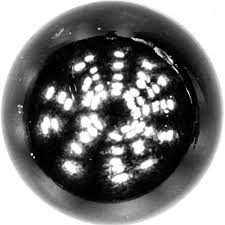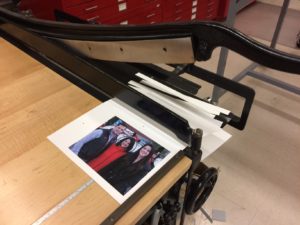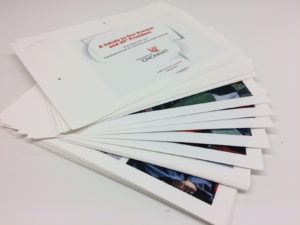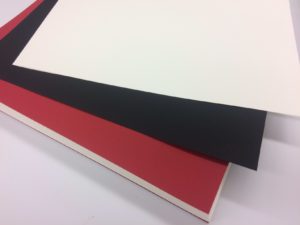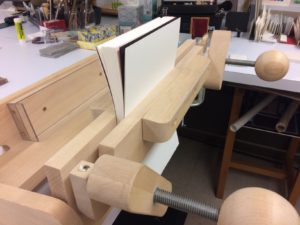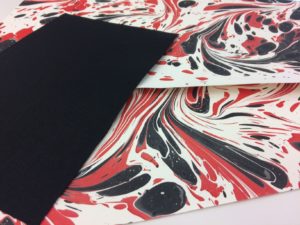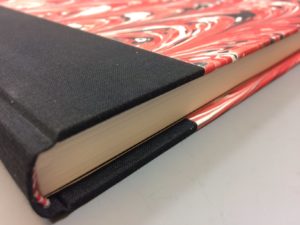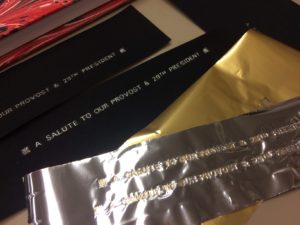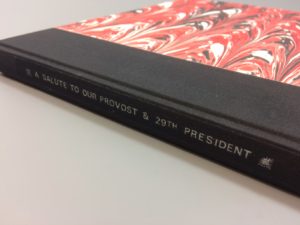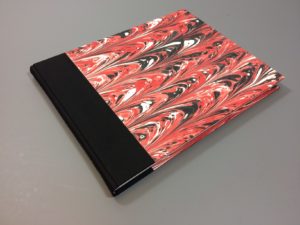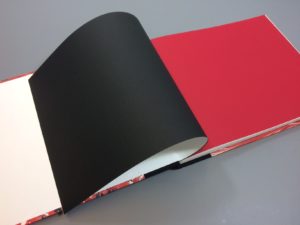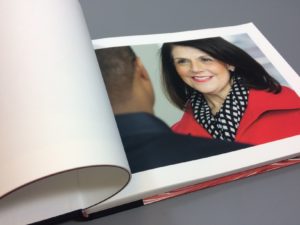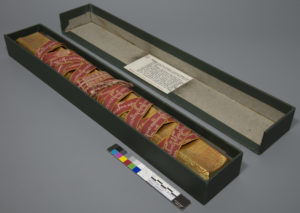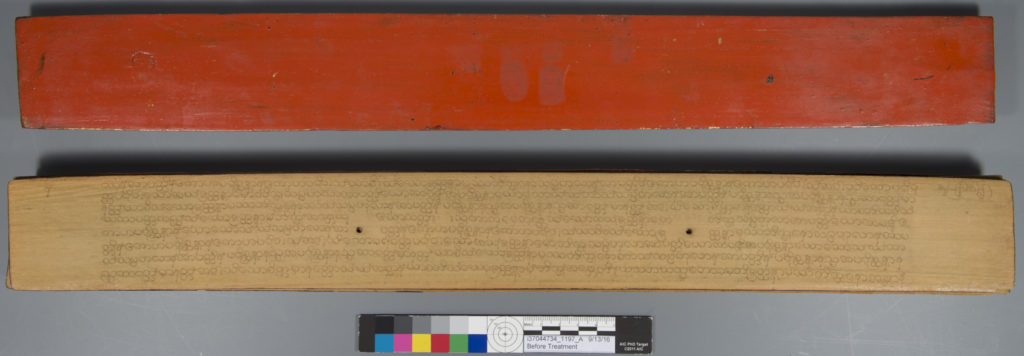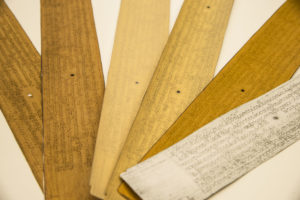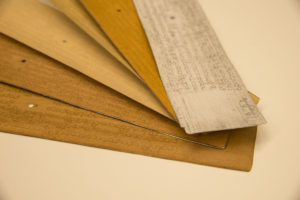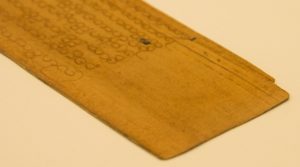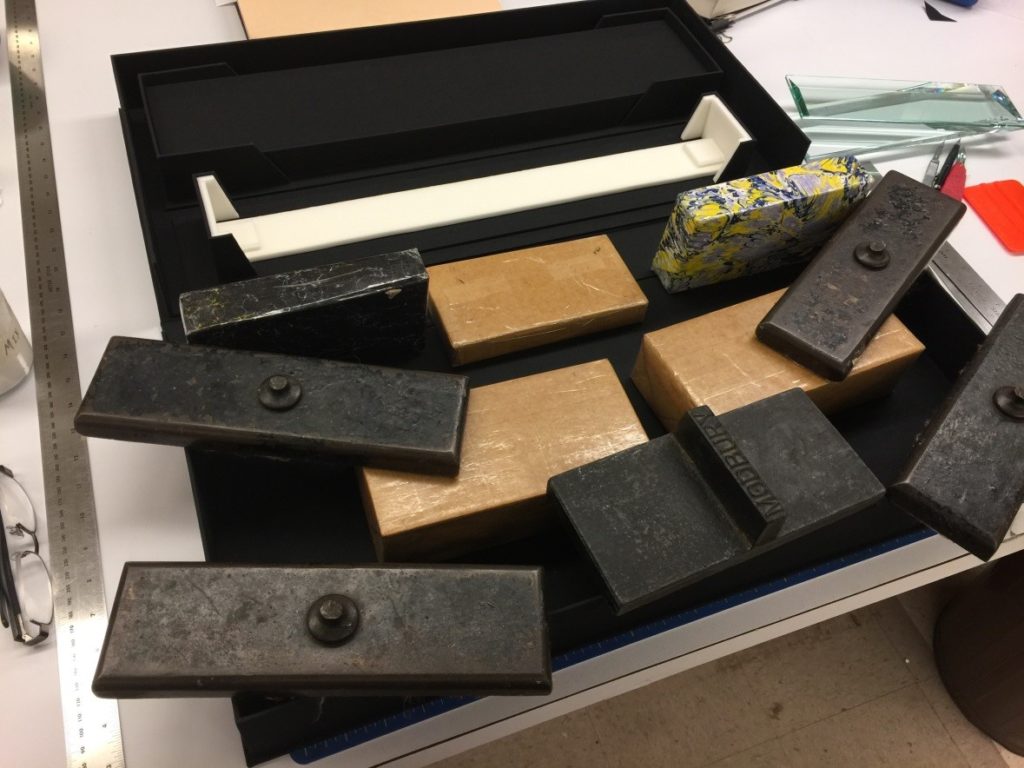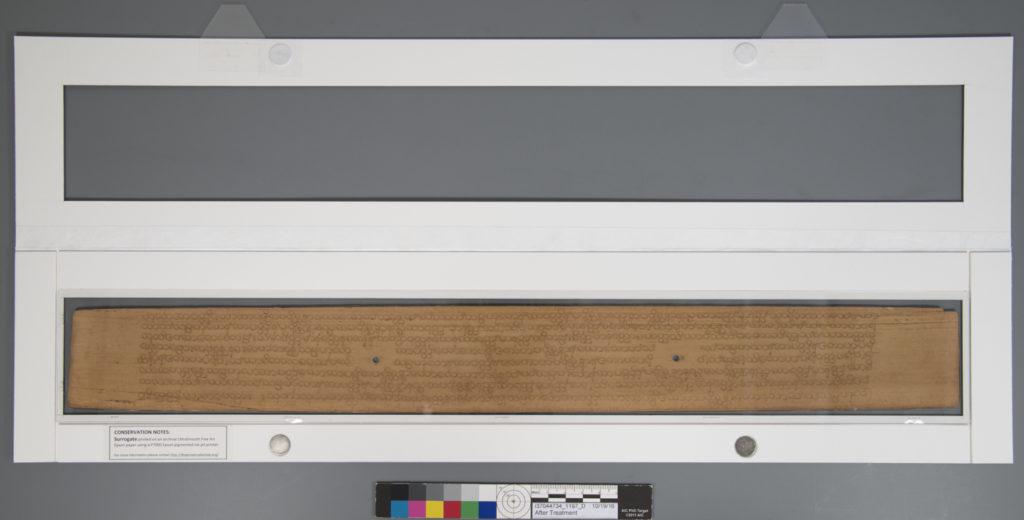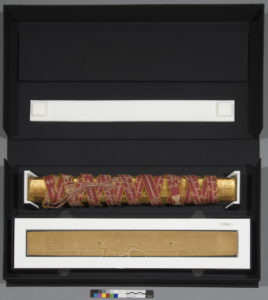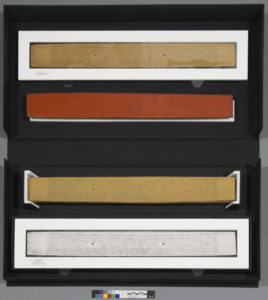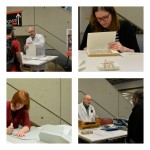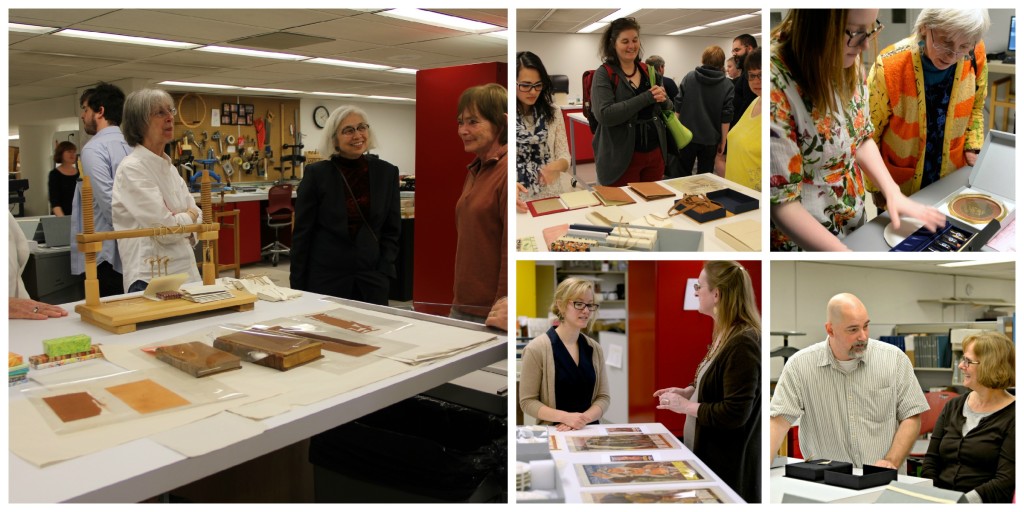18th Century Poetry Pamphlets
This past April, during one of the UCL Special Collections meetings, the Lab received a new stabilization/housing project; a collection of Latin poetry pamphlets translated into German from 1830-1917. This collection of 79 volumes is part of the Classics Library’s collection. While the Lab will be treating and housing all 79 volumes, the collection is being brought to the Lab in small, manageable batches. The first batch received by the Lab were pamphlets bd.66 to pamphlets bd.79.
After consulting with the Lab’s conservator, each pamphlet was evaluated and treated individually. The condition of each pamphlet greatly varied; some pamphlets were in good condition, with only small tears along the outer joints of the paper cover. Other pamphlets were in poor condition, with missing covers, detached covers, split textblocks, torn or missing covers.
After the first batch of pamphlets was evaluated and treated, four stabilization treatment types were established for future batches. According to the condition of the pamphlet, from good condition, fair condition, poor condition, to severe condition, each pamphlet received either no treatment, a minimal treatment, a minor treatment, a major treatment with stabilization though encapsulation, respectively. For future batches received by the Lab, the same treatments will be applied with small variations when needed.
No treatment: For any pamphlets in good condition do not require treatment, these pamphlets will simply be surface cleaned and receive a polyester film jacket.
Each image below shows an example of the treatments mentioned above. Click on the photo to view the full size image:
Fair condition/ minimal treatment: This group of pamphlets were in fair condition. There were minor tears on the cover that were mended.
Poor condition/minor treatment: This pamphlet was in poor condition. The cover was torn and detached and the textblock was broken with loose gatherings. The cover was mended and the textblock was repaired. The cover was reattached to the textblock.
Severe condition/ Major treatment – stabilization through encapsulation: This pamphlet was received in severe condition. The covers were detached from the textblock and showed major losses. The textblock was stapled and the staples had corroded overtime which stained the paper. The staples were removed and the textblock was sewn. The covers were encapsulated and sewn onto the textblock using Usu Mino tissue hinges.
Once the treatment of the first batch of pamphlets was concluded, the pamphlets were housed together in a custom made corrugated clamshell box with a clear spine. This model of a modified corrugated clamshell box will be used for the future batches of these pamphlets that the lab receives from the Classics Library.
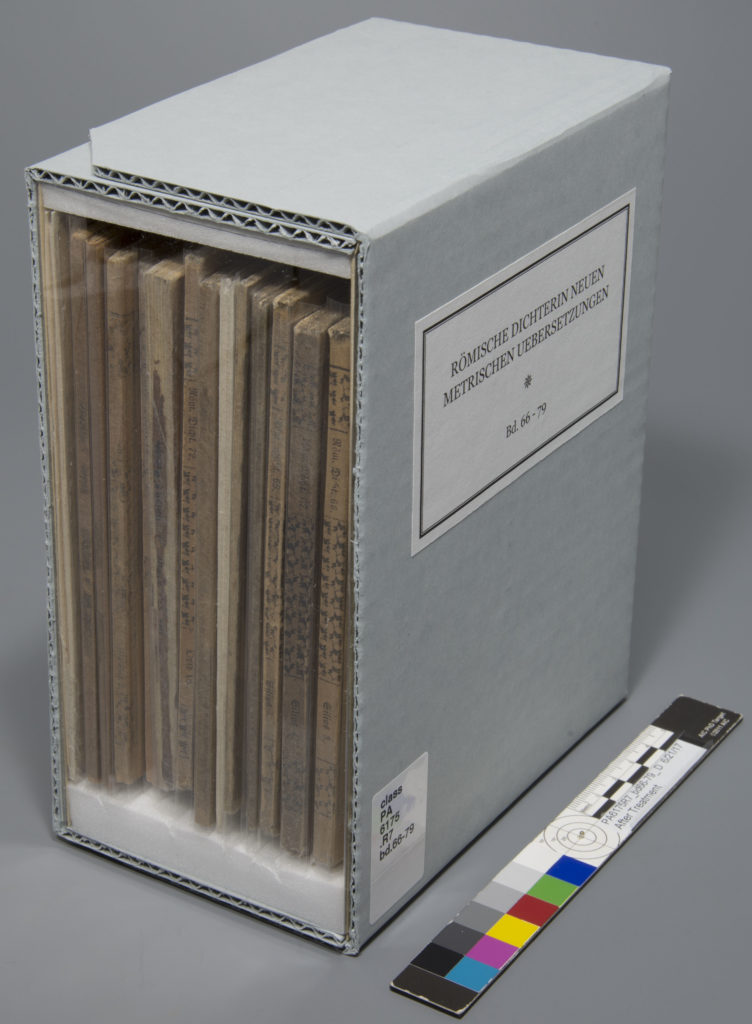
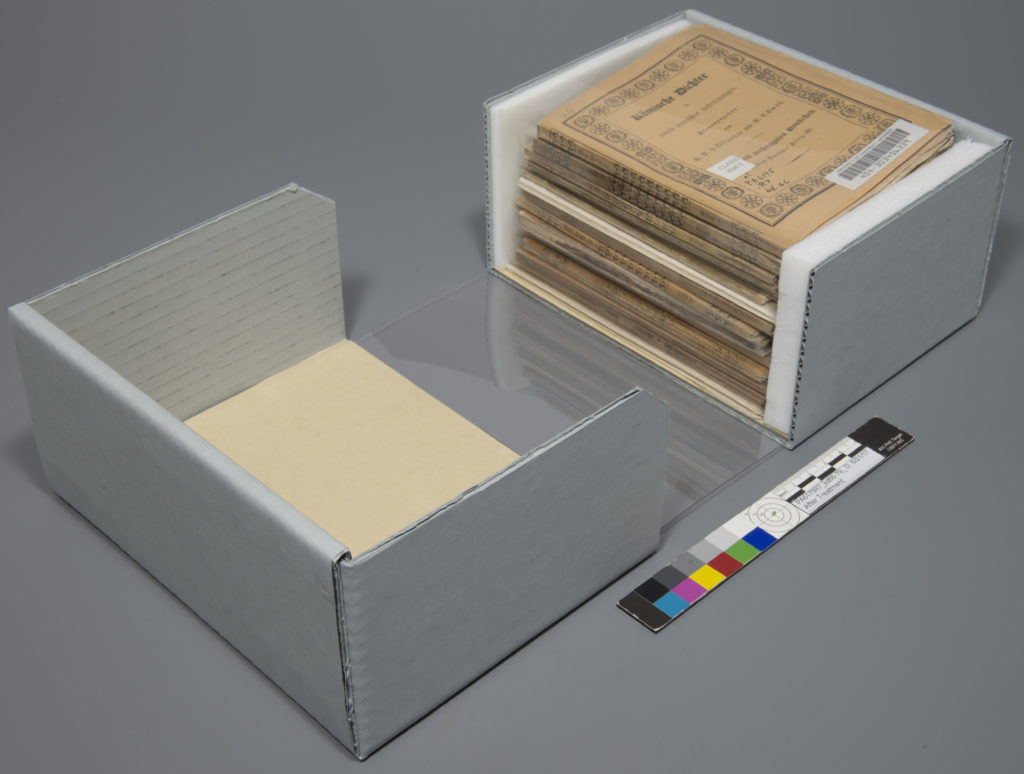
At the moment, I am working on the second batch of pamphlets; pamphlet bd. 50-bd. 65. On this second batch most pamphlets are in poor condition. The covers are detached and some pamphlets have missing covers. However, the textblocks are in good condition. Below you will find a sneak peak of this ongoing treatment.

Catarina Figueirinhas (UCL) — Sr. Conservation Technician
Photographic Documentation: Jessica Ebert (UCL) — Conservation Technician
